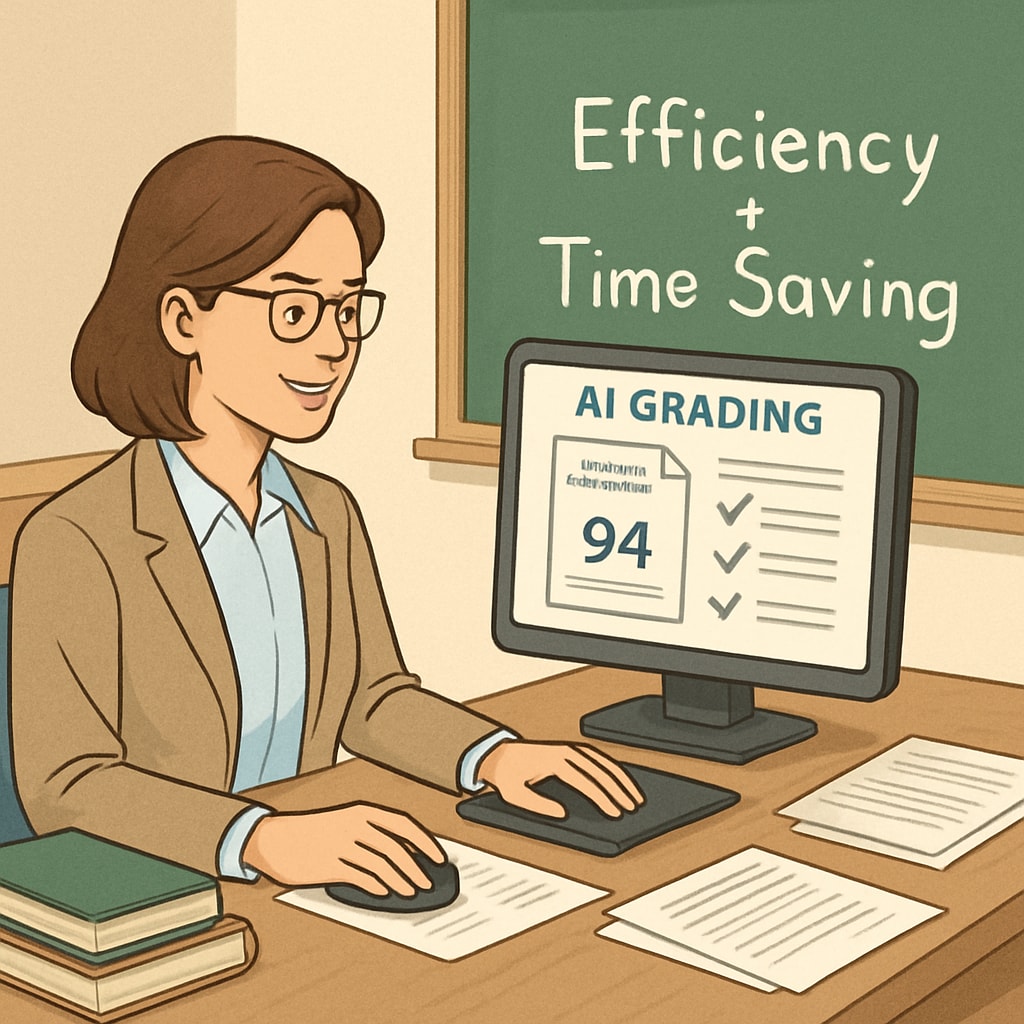In the realm of K12 education, daily challenges for educators and students have become increasingly evident. From administrative burdens to lack of personalized learning tools, these issues highlight critical gaps in the current education system. Addressing these pain points requires both understanding the root causes and leveraging innovative tools designed to meet real-world classroom needs. In this article, we examine the key challenges in K12 education, explore the limitations of existing tools, and introduce potential technology-driven solutions.
Common Pain Points in K12 Education
K12 educators and students face a myriad of challenges that hinder effective teaching and learning. Some of the most notable pain points include:
- Administrative Overload: Teachers often spend a significant portion of their time managing non-teaching tasks such as grading, attendance tracking, and lesson planning.
- Lack of Personalized Learning: Traditional one-size-fits-all teaching methods fail to address the diverse needs of students, leaving some struggling while others remain unchallenged.
- Limited Access to Resources: Schools in underserved areas often lack access to modern educational tools, creating disparities in learning opportunities.
- Engagement Issues: Keeping students motivated in the digital age is increasingly difficult, particularly when traditional methods fail to capture their interest.
These challenges not only affect academic outcomes but also contribute to teacher burnout and student disengagement, creating a cycle that is hard to break without systemic change.

Limitations of Current Educational Tools
While educational technologies have proliferated in recent years, many tools fail to address the nuanced needs of K12 educators and students. Here are some of the limitations:
- One-Size-Fits-All Design: Many tools lack customization options, making it difficult for teachers to adapt them to specific classroom dynamics.
- Steep Learning Curves: Complex interfaces and poor user experiences often discourage teachers from adopting new technologies.
- Inadequate Data Insights: Existing tools frequently provide insufficient analytics, limiting teachers’ ability to track and improve student performance effectively.
- Cost Barriers: High subscription fees or equipment costs make advanced tools inaccessible for schools with limited budgets.
As a result, many teachers revert to traditional methods or underutilize the features of the tools at their disposal, further widening the gap between education technology and practical classroom application.
Innovative Tools for Addressing Daily Challenges
To bridge the gap between technology and real-world classroom needs, innovative solutions must be developed with input from educators. Here are a few ideas for next-generation tools:
- Smart Administrative Platforms: AI-powered systems that automate grading, attendance, and scheduling can free up teachers’ time for more meaningful interactions with students.
- Adaptive Learning Software: Tools that use machine learning to personalize lessons based on individual student performance can ensure no learner is left behind.
- Gamification Elements: Incorporating game-like features into lesson plans can boost student engagement and make learning more enjoyable.
- Affordable and Accessible Solutions: Developing cost-effective tools with offline capabilities can ensure equal access for all schools, regardless of their resources.
By focusing on these areas, education technology providers can create tools that not only address the daily pain points of K12 education but also enhance overall teaching and learning experiences.

In conclusion, the challenges faced by educators and students in K12 settings are significant, but they are not insurmountable. By identifying key pain points and understanding the limitations of current tools, stakeholders can work together to develop innovative solutions that align with classroom realities. The future of education lies in the seamless integration of technology and pedagogy, ensuring that both teachers and students can thrive in an evolving learning environment.
Readability guidance: This article uses short paragraphs, lists, and clear subheadings to improve readability. Transitions such as “however,” “in addition,” and “as a result” ensure smooth flow, while limiting passive voice and long sentences enhances clarity.


